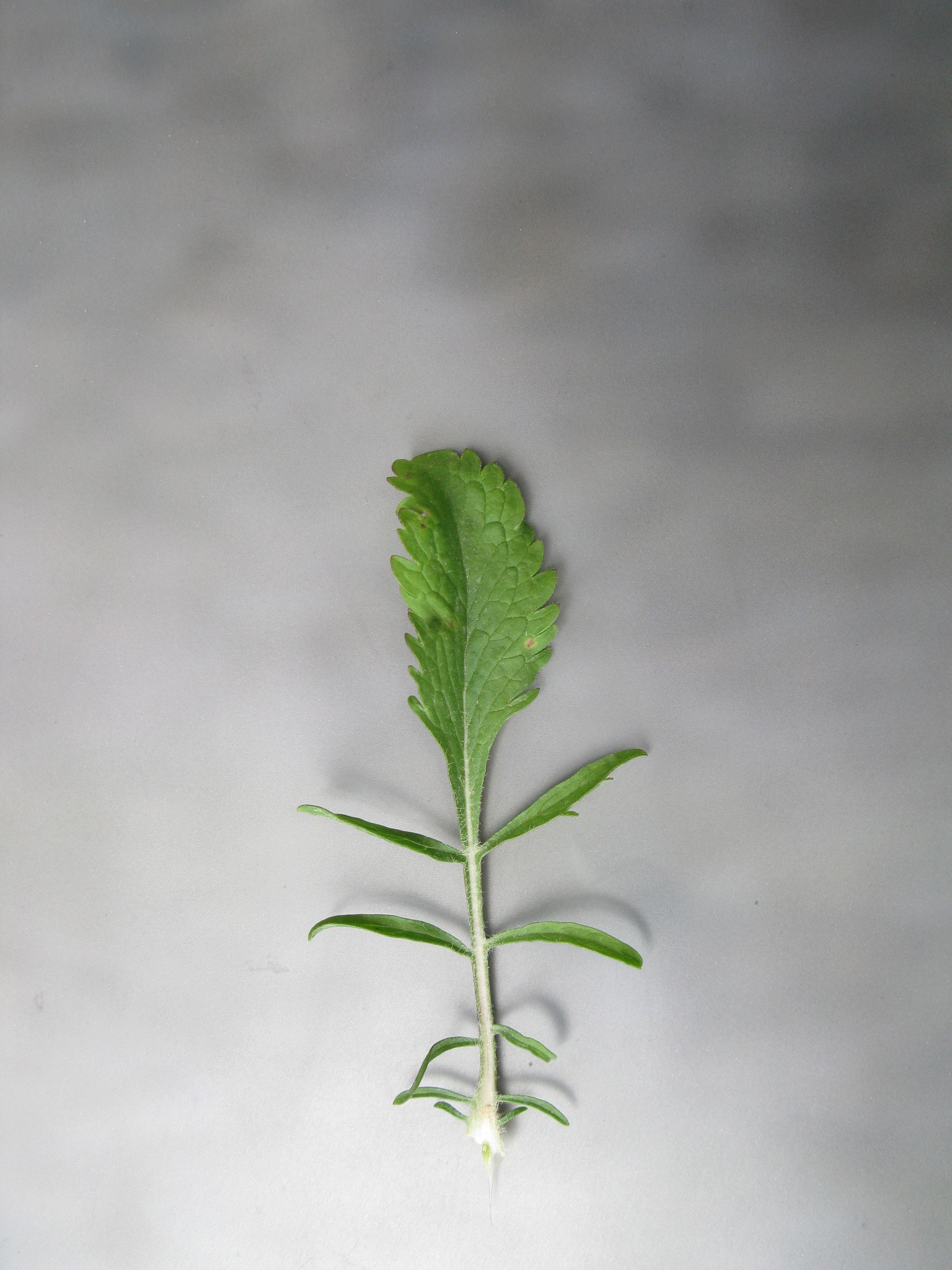
Classical name derived from scabies — itch, as some species were thought to cure itching.
Annual or perennial herbs with a woody rootstock, occasionally subshrubs. Leaves opposite, entire, toothed, lobed or dissected, often in basal rosettes. Flower clusters in ovoid or flattened heads; involucral bracts in 1-2 rows, soft. Flowers with a calyx of 5 bristles that are united at the base. Corolla of 4-5 segments, unequal or 2-lipped. Stamens 4, rarely 2. Ovary with a persistent calyx.
Annual species are grown as bedding plants and for cut flowers, perennials as border plants for their attractive flowers.
Annuals by seed, perennials by division.
Plants not spiny; calyx of 5 bristles.
About 80 species from temperate Eurasia and E and S Africa.
Source: (2002). Dipsacaceae. In: . Horticultural Flora of South-eastern Australia. Volume 4. Flowering plants. Dicotyledons. Part 3. The identification of garden and cultivated plants. University of New South Wales Press.

Cultivars of uncertain parentage
Flowers lavender-blue.
Probably derived from S. columbaria.
Other cultivars occasionally listed include S. 'Perfection Blue', S. 'Pink Lace' and S. 'Pink Mist'.